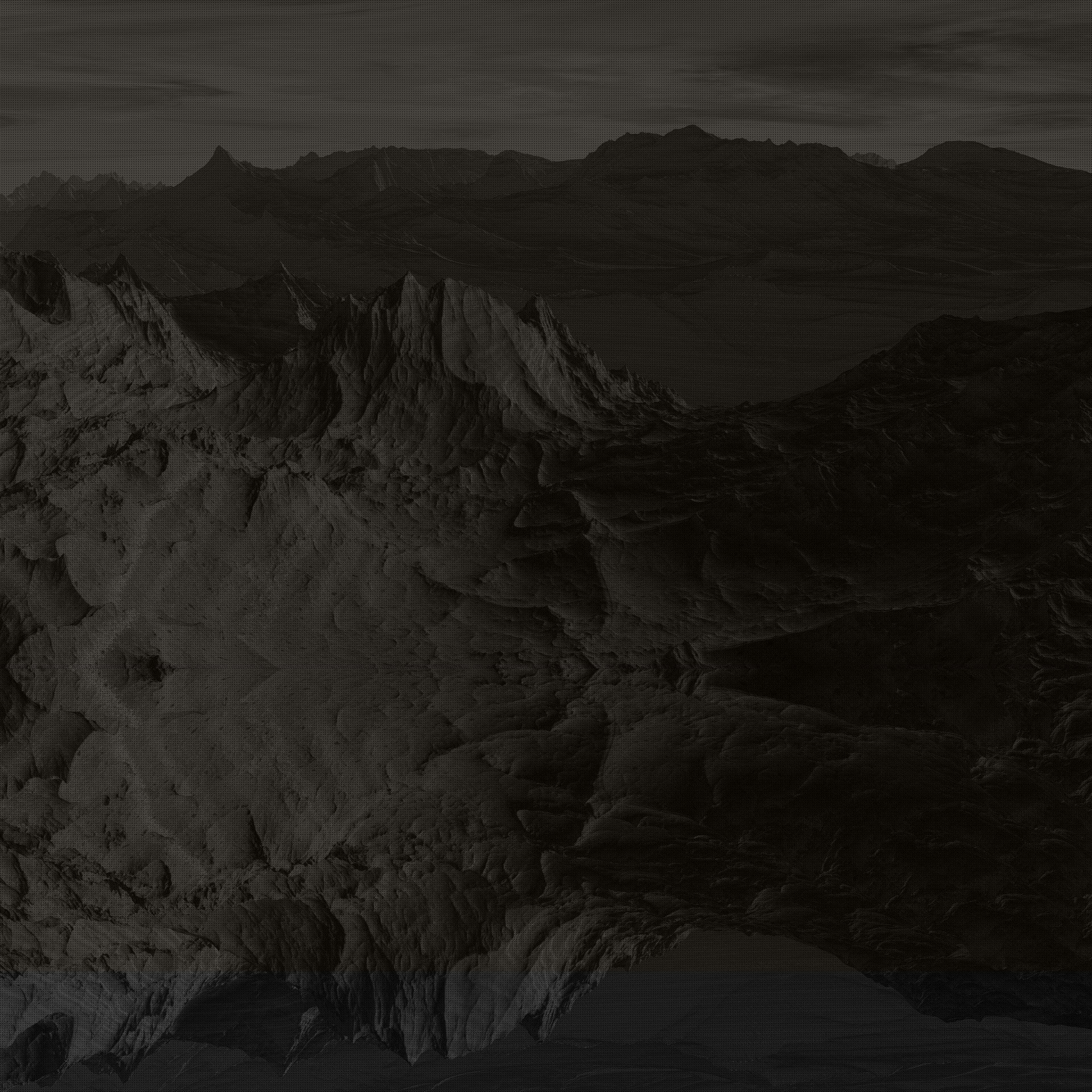
DHT BLOCKER LIST
(COMMON INGREDIENTS)
DHT is necessary for new facial hair development. DHT blockers are found in many products you may use on your face, or theoretical "beard area." Here are some common ingredients to look out for in products you use on your face or beard. These could be negatively impacting your beard or body hair progression overtime.
Many of these DHT blocking/inhibiting/effecting ingredients may be great for head-hair, but that's because head hair is different when it comes to DHT. The hormone DHT isn't great for head hair (but only if your genetics predispose you to androgenic alopecia, do men in your family bald?) But again, DHT is also a male hormone the body uses to create thickened hairs on your facial and body regions (areas other than your head.) Therefore, blocking DHT on your face in areas where a beard could theoretically grow, is not beneficial or could potentially stunt facial hair development if used regularly overtime.
If you already have a fully terminal beard, DHT blockers WON'T reverse it or make it fall out, so you're good. It tends to take years/decades for the hairs to fully terminalize. Many folks have 'intermediate' (not terminal) but highly visible hairs (that they may even confuse for terminal hairs) for years and years before they finally terminalize. DHT blockers are bad for intermediate & vellus facial hairs (vellus hairs are the peach fuzz that virtually everyone has on their faces) and can stunt their development as they attempt to turn into thick terminal androgenic hairs overtime. Therefore, if you're a fresh face, or have a patchy, uneven or incomplete/immature beard, then using DHT blockers regularly can further stunt or change how it develops as time goes on.
And the opposite is true for scalp hair, since again, DHT can be bad for the hair on our scalps if we have genetics sensitive to it. Many DHT blocking/inhibiting ingredients/meds have the potential to help folks retain and maintain more scalp hair over time, i.e. lose less as time goes on, and even regrow hair they've lost. Either way, DHT inhibition requires consistency over time in order to see an effect. How we genetically react is always important too. Genetics are one of the factors that we understand we can not control. Among some factors we can.
Remember that not all DHT blockers are created equally, some are more powerful than others, and it will depend on the composition of the product, among other factors.
Here is a list of some common potential DHT blockers, inhibitors, endocrine disruptors, or anti-androgens that could potentially impact growth, in no particular order of strength.
